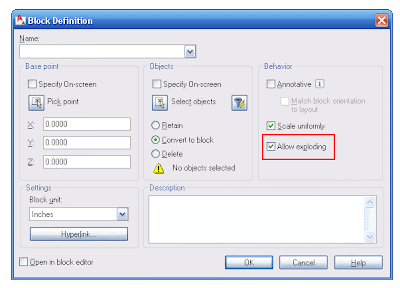Català - Castellano
Wiley Publishing has released a new SketchUp for Dummies book to explore the new SkechUp 7 version. According to Wiley's description with this book you will "start creating models right away" and you can learn to:
- Set up SketchUp, learn about edges and faces, use inferences and guides, and build your first model
- Establish a basic end-to-end workflow for creating and sharing models
- Model non-boxy objects like terrain, characters, bottles, and spheres
- Add details like stairs, gutters, and eaves
- Spruce up your models with styles and shadows to add effects, make objects pop, and enhance realism
- Use the LayOut function to draw with vector tools, add text and callouts, and print your work
- Design buildings and objects, export your models to other design programs or to Google Earth, and explore 3D animation
- a brand new section on the Sandbox tools
- a brand new section on modeling organic shapes with the Scale, Push/Pull, and Follow Me tools
- a brand new section on Dynamic Components, including how to use them and how to create them
- coverage of the new photomodeling tools
- a revised chapter on LayOut 2

Show me more...
























